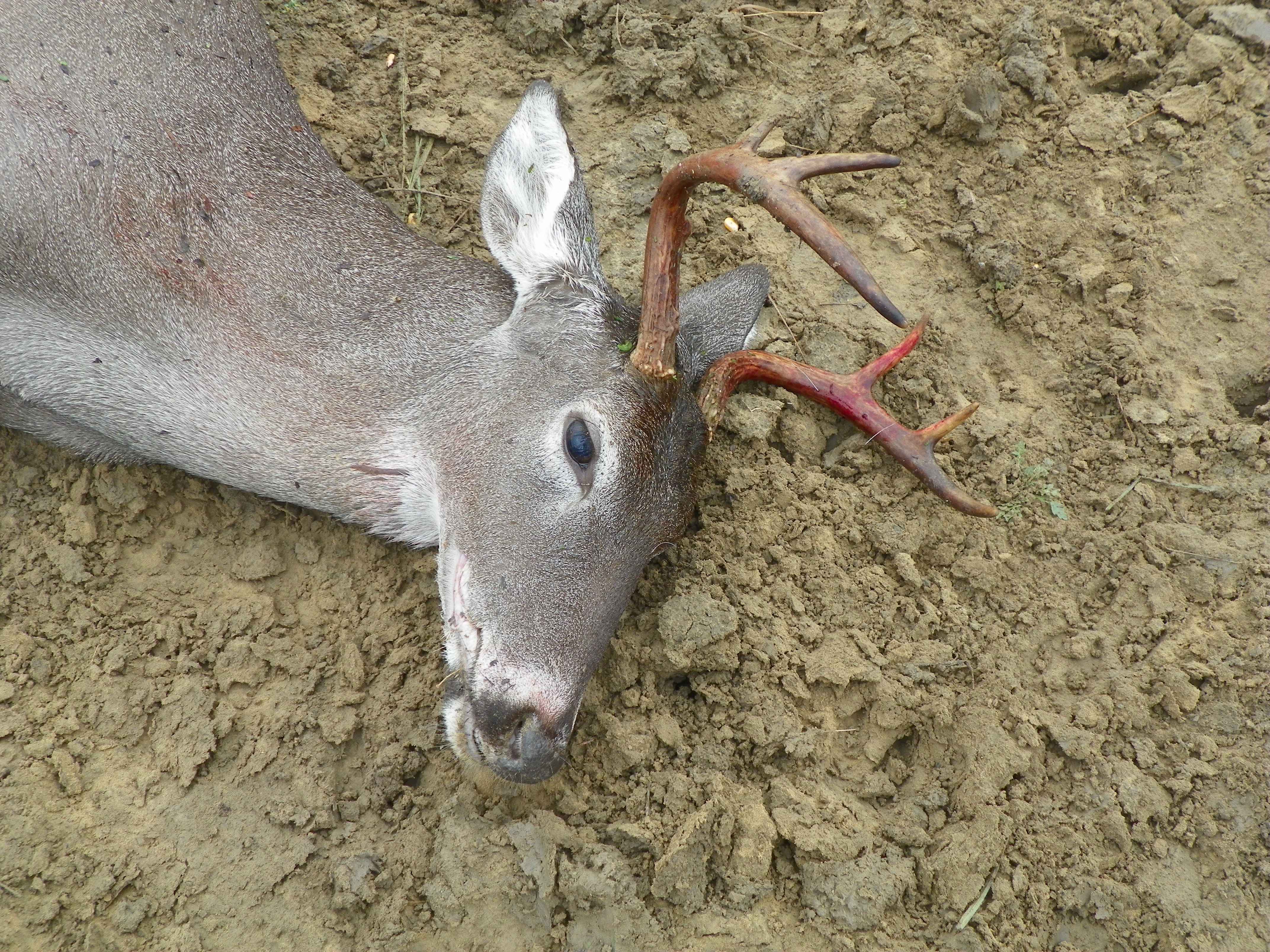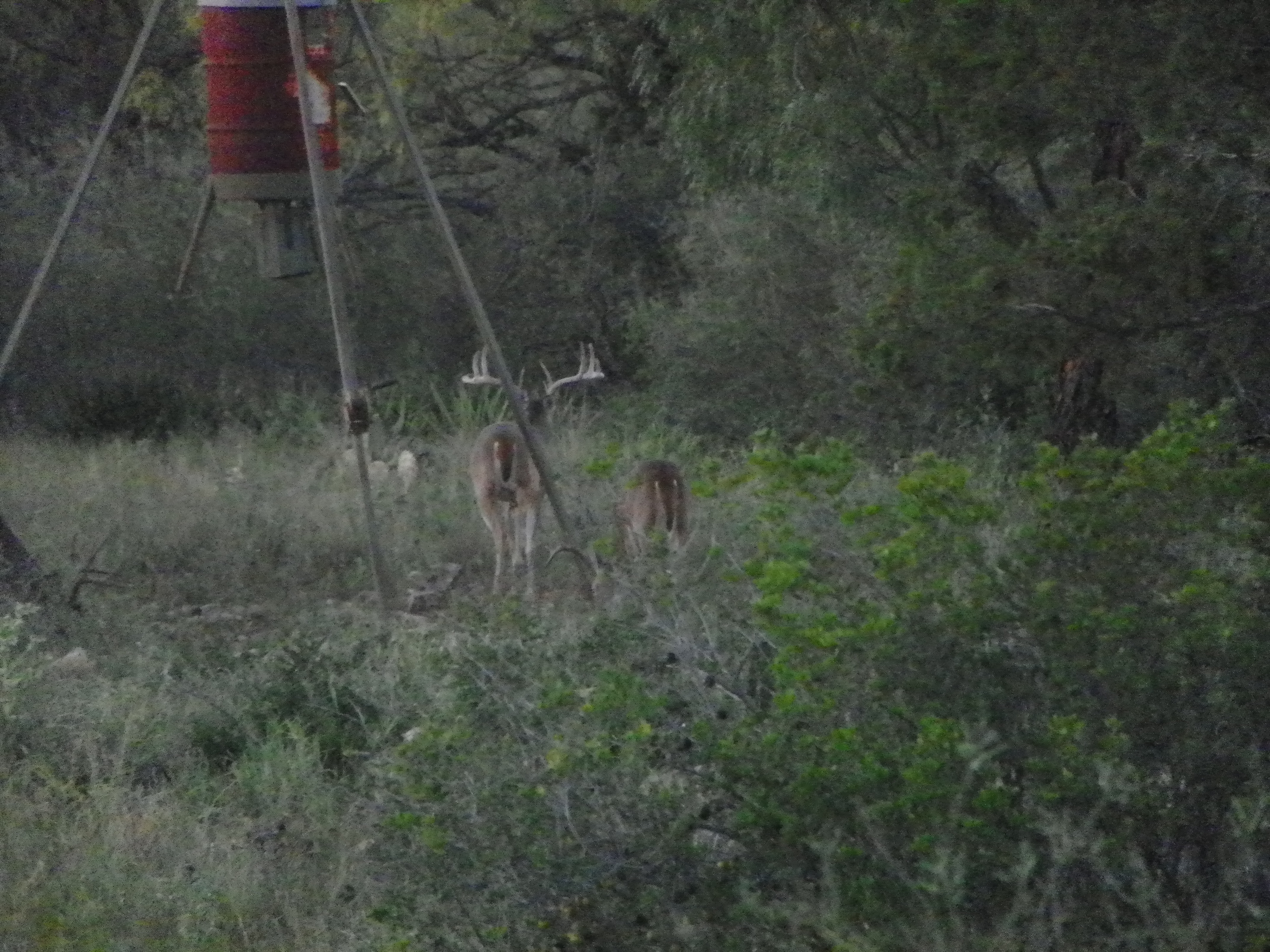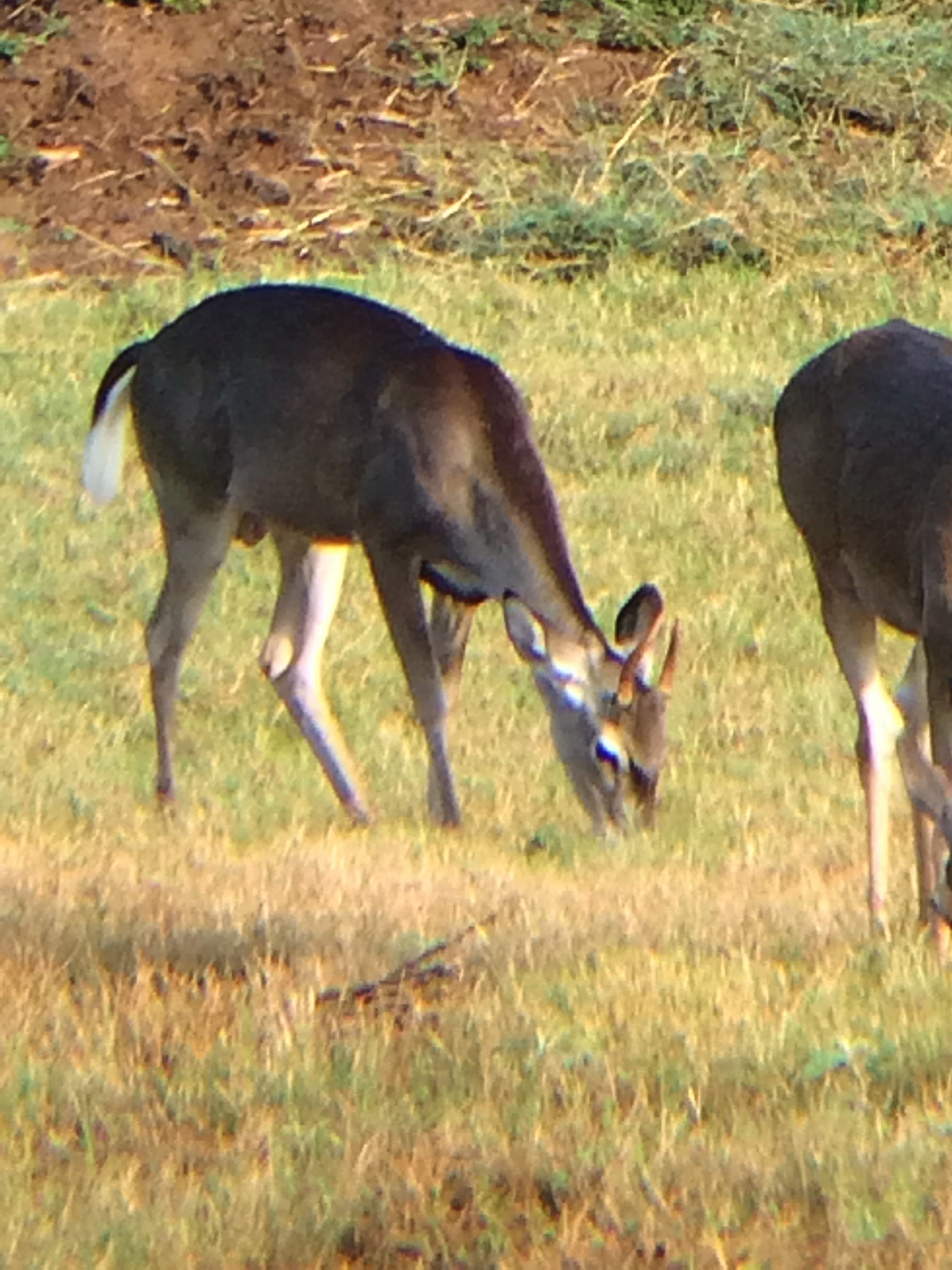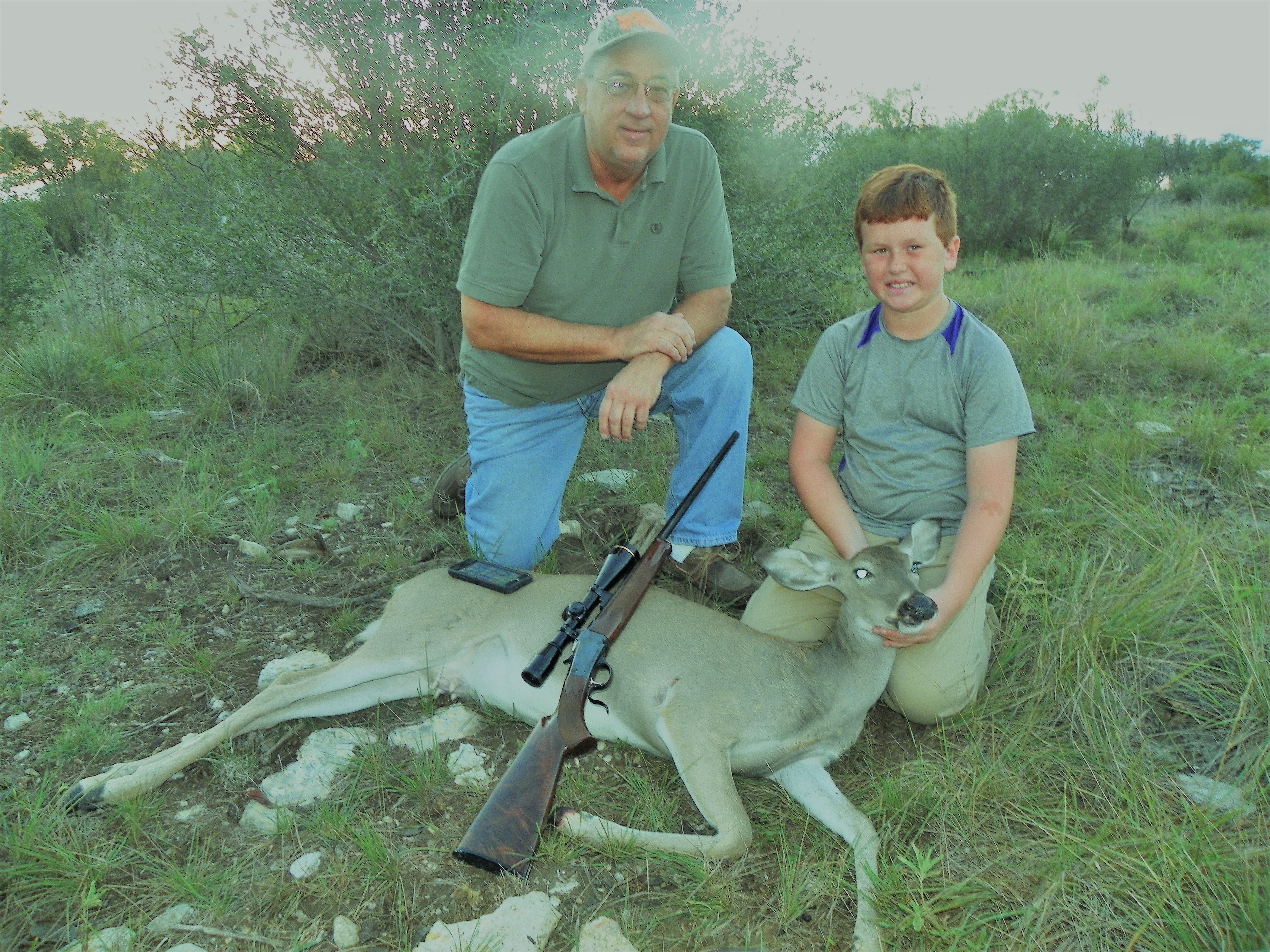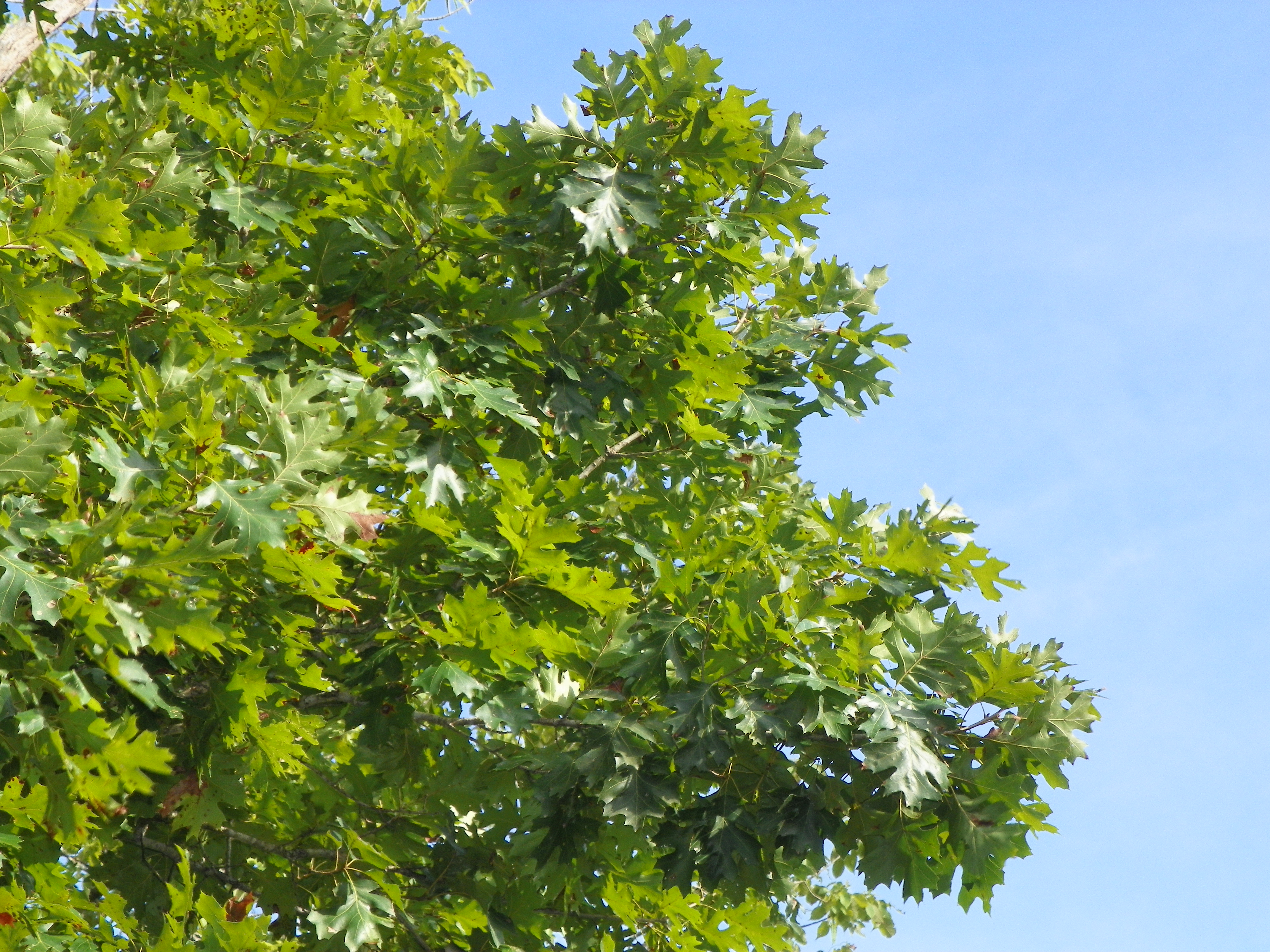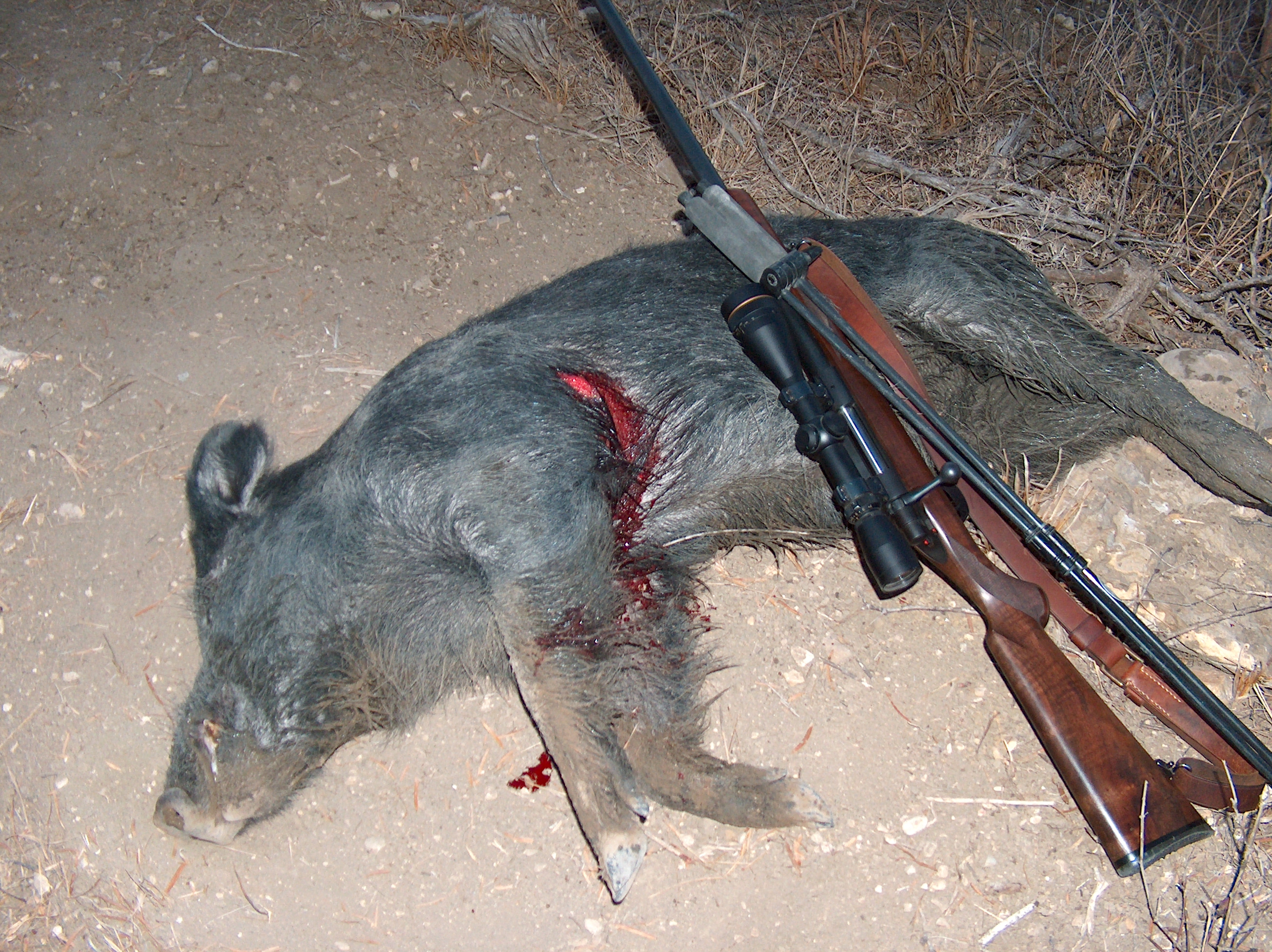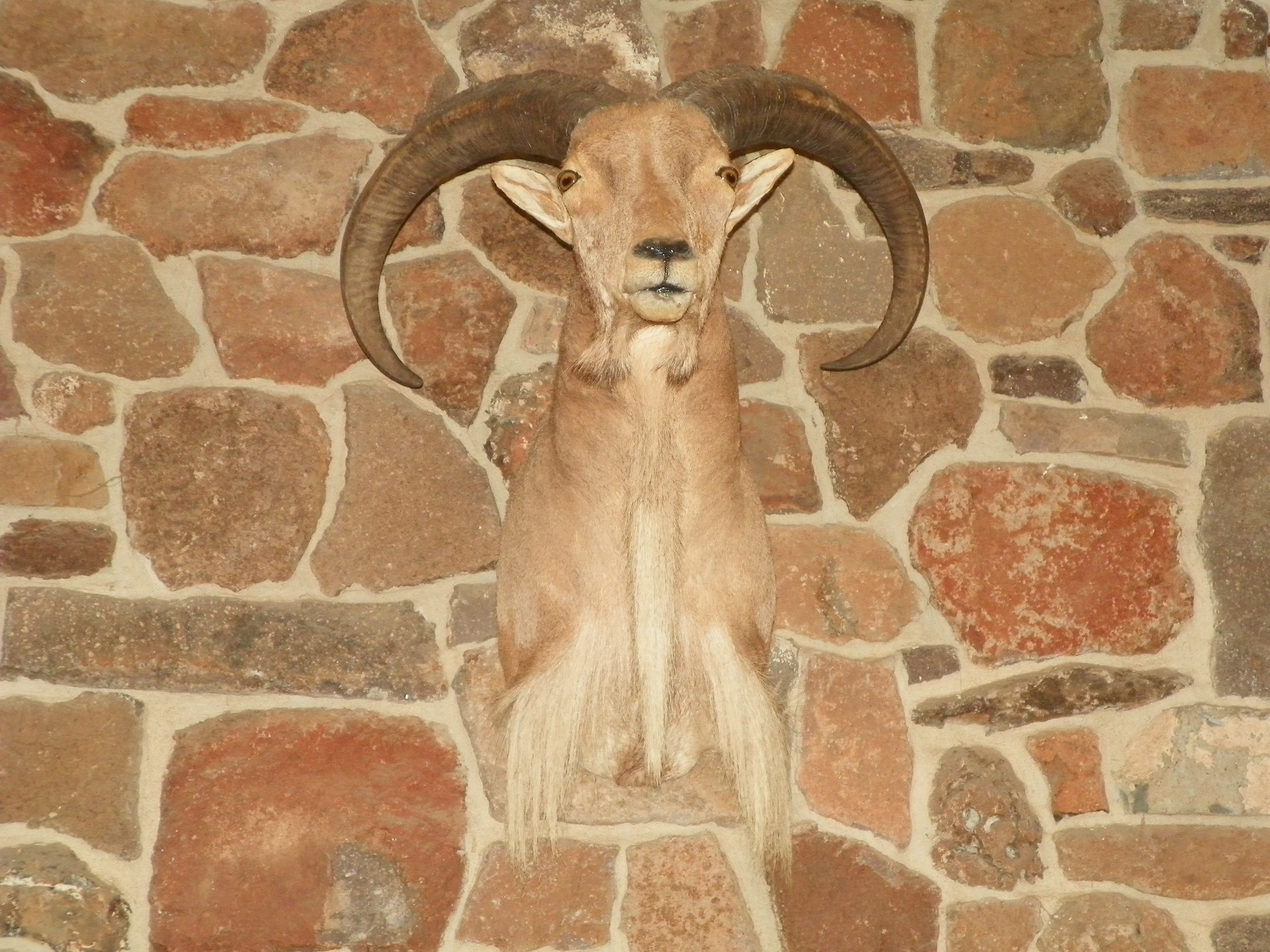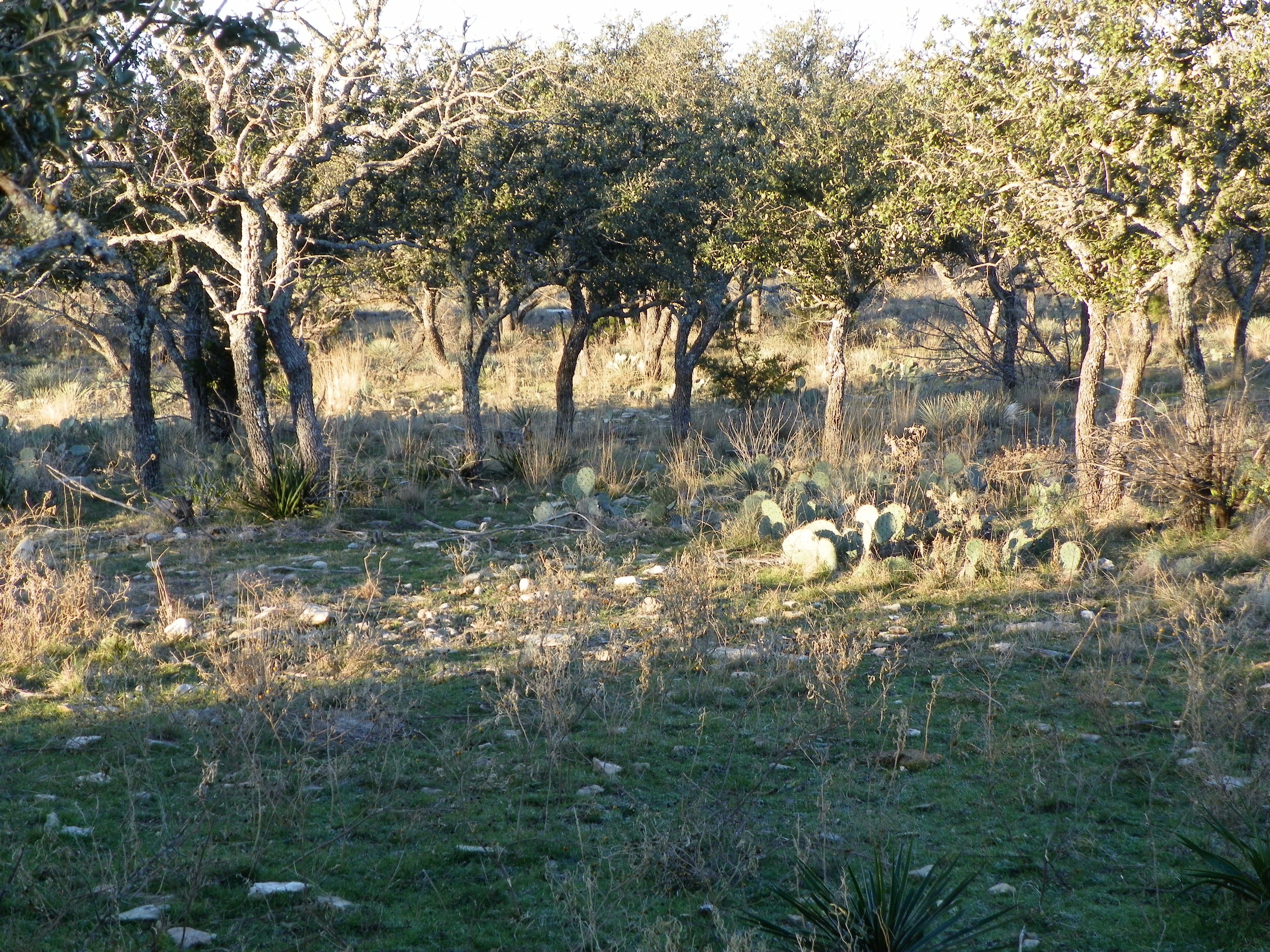In mid-December I was asked by a friend to accompany him, his son and son-in-law to visit a South Texas ranch to help the manager cull some white tail bucks. This property was 10,000 acres in western Webb County (west of Encinal).
The recent history of this ranch was of hardly any shooting of inferior antlered deer. An absentee landowner with little interest in hunting had turned the place over to some lease hunters that were high-grading the bucks. That’s a term for shooting only deer with large antlers. The biggest antlered bucks were taken annually no matter their age. If a 12 point 3 year old was standing by a 9 point 6 year old the young buck was killed because it had the largest antlers. The old buck with little antlers lived to spread his genes in the herd. This group of lease hunters kept that practice going for at least 7 years.
At this point a new ranch employee appeared on the scene who was the cattle manager. He saw the pattern and suggested to the owner these lease hunters needed to be removed. With that task accomplished the owner switched to package hunting the bucks with outfitters. Over the next 6-7 years the high grading of young bucks with good antlers continued. Outfitters did not worry about the future of hunting on this property. All they wanted to do is run fresh hunters in and out and have these clients smiling with big horns on their advertisement fliers. The ranch manager saw the problem and went through several outfitters and all had the same attitude.
Now what is staring the ranch manager in the face, is a property that has basically protected the sorriest antlered bucks for 12-15 years. Of course, those bucks were breeding doe and these grandmothers, mothers, sisters and daughters were offspring of bucks with poor-quality antlers–a mess if you are trying to grow trophy deer.
So, our goal was to shoot one or more “cull” bucks. As a guest, I certainly did not want to make a mistake on a free hunt. I wanted to be double sure before I pulled the trigger. Here is where I learned another lesson in deer culling.
I sat in a great blind that had senderos in 5 directions. Corn was dispersed out to 300 yards. All types of deer were around me EXCEPT trophy bucks. Plenty of doe, fawns, young and middle aged bucks with small antlers. One buck in particular had me puzzled.
Here was a buck that had 6 total points (no brow tines). His rack is what I call “Jersey-horned”. It looked like horns on a Jersey milk cow. His body was small. As this deer nibbled corn next to a no-doubt 1.5 year old spike with antlers about like a Beyer extra strength aspirin, I could compare their relative sizes. The 6 point outweighed the 1.5 year old spike perhaps 15 lbs. max. The 6 point’s body was at most one foot taller and one foot longer. When the two bucks stood apart, they seemed to be the same size. Only when side by side could you see the difference. At a casual glance, the average hunter could identify the spike as a cull and the 6 point the classic example of a good genetic buck that was bigger than his classmate and the 6 point should be left alone to mature. Something bothered me though.
The 6 point buck acted differently. When doe came out, he would trot toward them with the sneaky-sneer approach. His spike buddy had absolutely no interest in doe. The 6 point buck bristled up and strutted when any type buck approached. He walked off the sendero and thrashed a bush then made a scrape. This little guy was acting exactly like a mature deer yet he was a runt.
I decided to shoot him so my 270 made it easy. The first thing I did when I walked up to the dead buck was check his teeth. Although this guy had the body of a yearling he was a solid 5.5 years old. This was the first time in my over 57 years of hunting whitetail deer that I have ever made a decision to shoot an old cull buck not by the physical characteristics of the body and antlers but by the deer’s actions. The deer acted old and he was. My hunch was right. You are never too old to learn.


